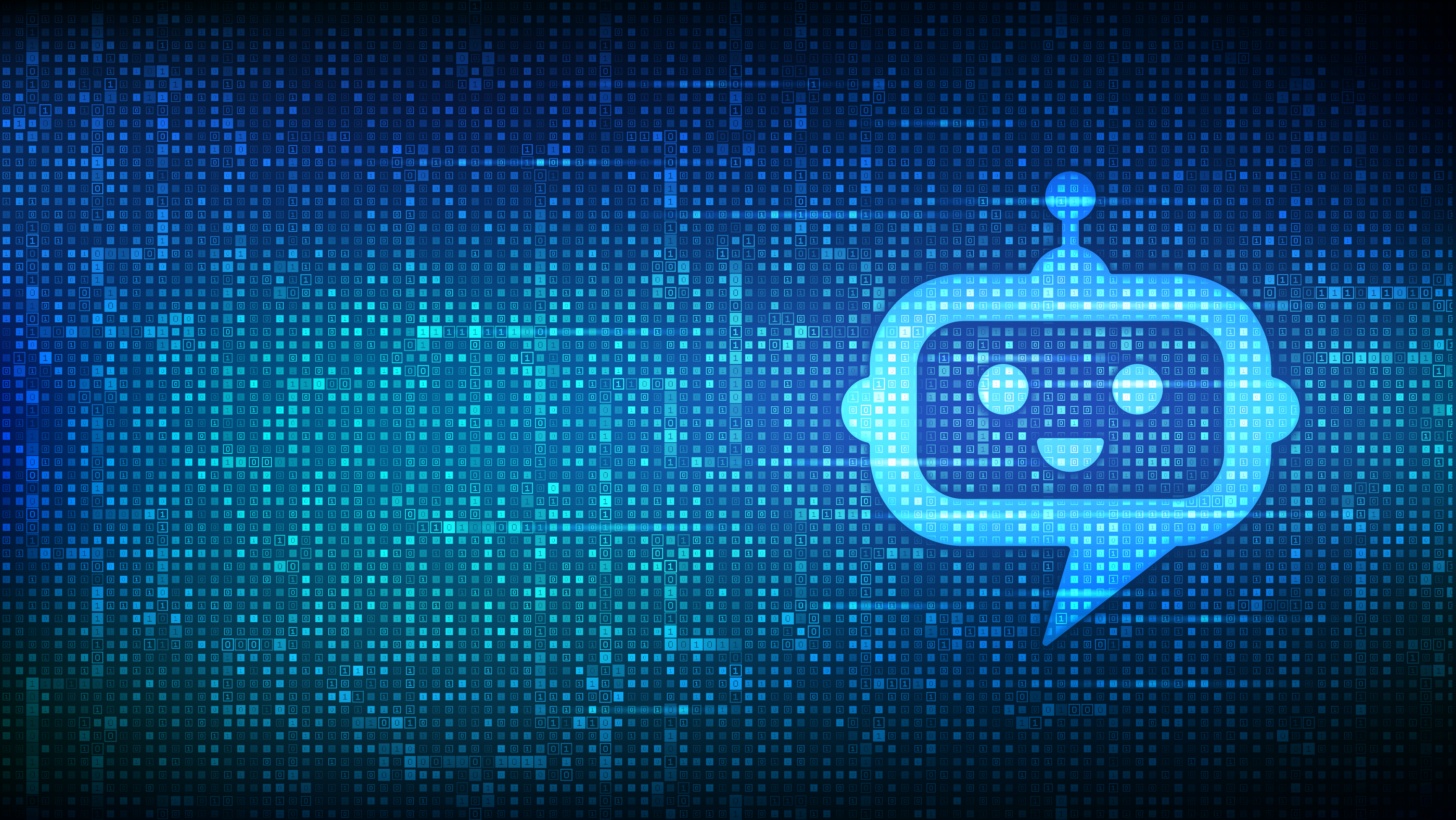AI Chatbots – What are the implications?

In recent months, there has been a wave of artificial intelligences (AI), known as Chatbots, made available to the general public. With more than one hundred million users having already engaged with these Chatbots, there has been much speculation regarding the implications of AI. Furthermore, as attention on AIs has increased, it has come to light that some industries have already incorporated these into their working processes. Much has been said about the almost limitless possibilities of AI, but from our own research, it is not likely that AI will supplant whole industries. What we expect is that AI is going to be an assistant, rather than a replacement, for workers.
What is an AI Chatbot?
To understand why this is, we have to understand how these AIs function. AI Chatbots are not self-aware in the manner we may be familiar with from science-fiction. These AIs operate by learning and then reproducing patterns, whether these are patterns of speech, presentation, computer code, and so on. They are exposed to huge amounts of data and learn to understand what a plausible-seeming answer to any given question might be. As a basic example, an AI does not understand what is meant by asking “how are you”, but it does know what sort of answers that question should be met with.
Even if AIs function through reproducing rather than creating, this does not prevent them from having impressive capabilities. For instance an AI, if the user feeds the correct data into it, can be used to draft legal documents or website content. Some newspapers have already experimented with using AIs to draft shorter online pieces, crediting these to the AI in the by-line. AIs can also be used to review data. A user can enter information into the question box along with a set of instructions for the AI to follow in sorting through the data. While there will probably need to be a few attempts to finetune the questions, in this way some forms of data analysis can be conducted in minutes. AIs can also be used as research tools. There have been several successful attempts at using an AI to produce research abstracts that are acceptable to peer review, while AIs can also be used to provide research bibliographies.
Drawbacks and Uses
It is in this reliance on pattern recognition where we begin to see the limitations that will prevent AIs from replacing work. For instance, as the AI only produces answers that fit the pattern of a correct answer, it may provide answers that are false. Our investigations into AI have found that, when asked to provide a list of texts for review, several of the texts and authors provided did not exist. Furthermore, where the AI was not challenged on this error, it would provide more information on these fictitious authors, inventing careers and reputations only because this seemed like the sort of answer the question required. The AIs, then, are entirely capable of error.
It is because these AIs can err that they cannot be expected to replace human working in the immediate future. The use AI will have will be as a tool for accelerating productivity. For instance, time-consuming study of documents to find errors or anomalies could now be conducted at a relatively brisk pace, with human input being necessary for review. In this way, time can be freed up for workers to perform more complex tasks that are beyond an AI’s scope. Similarly, an AI could be used to generate generic content for online marketing, with human input again coming through reviewing and refining the output. AIs, then, cannot be expected to operate independently. They will have to function as an aide and assistant for our own work.
Contributors

Vincent Teo |

Dr. Conor Dowling |


